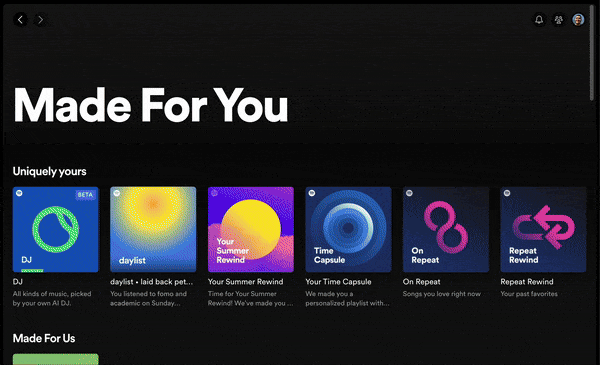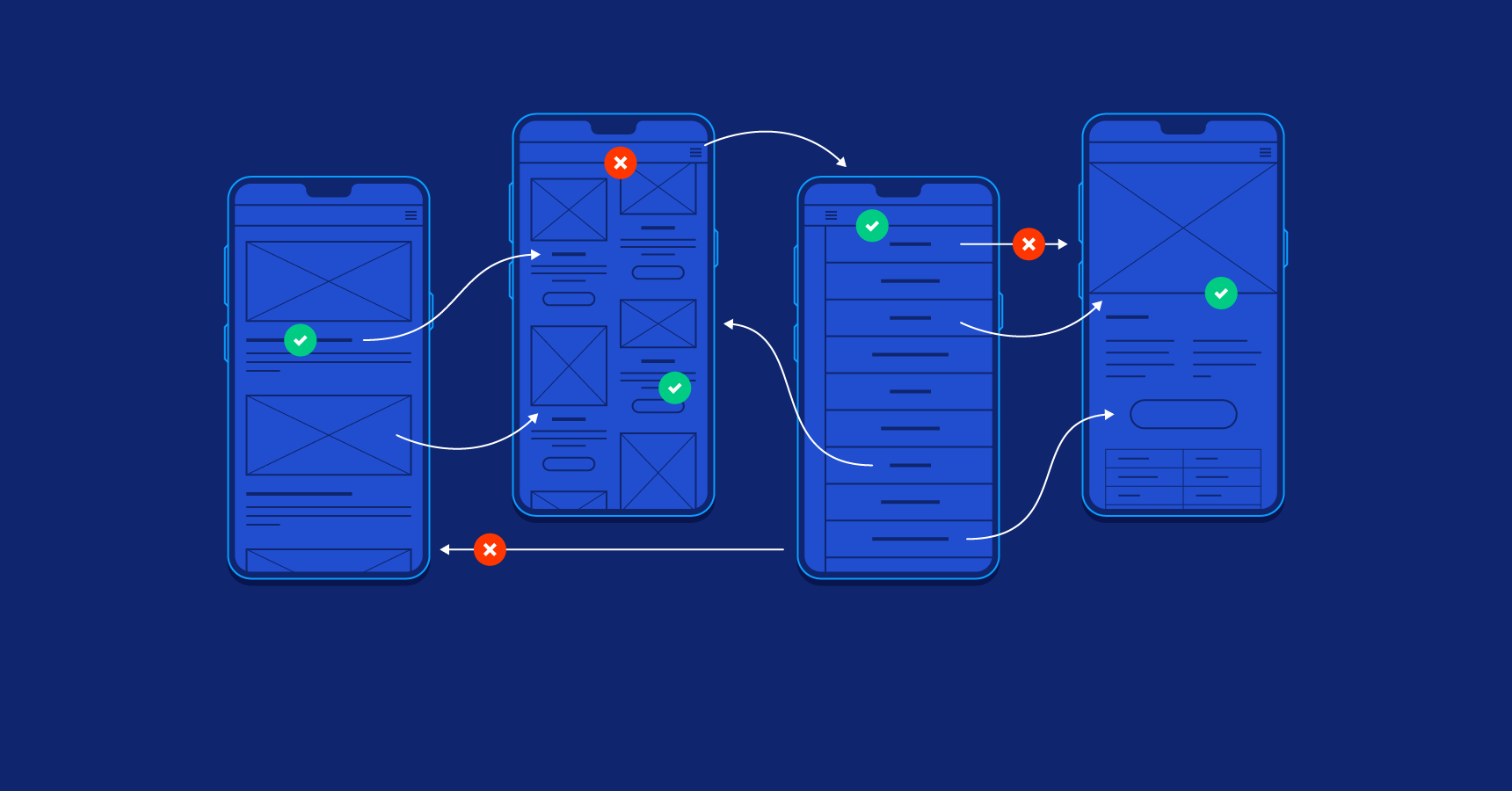
What the User Wants
By Nicholas Bussiere
It’s something said far too often; read from a report about why sessions are down and how site performance needs to be improved.
“We need a carousel added! We should do more sales posts! Add another paragraph about the features…”
It’s what the users want.
Well, it's actually quite challenging to say precisely what users want because, most of the time, it’s not about what users want; it’s about what the business needs.
So, how do we make user needs and business needs come together?
Well, it all starts with good UX design.
User experience (UX) design “is the process of creating products or services that provide meaningful experiences for users, involving many different areas of product development including branding, usability, function, and design.”
Think about your favorite phone app.
For me, that’s probably Spotify, just because I like listening to music and because Spotify integrates with automation apps like IFTTT, I can create monthly playlists for my music. But if I look even beyond that, why am I choosing Spotify over a competitor like Apple Music, Tidal, or YouTube Music?
Most other music apps have this integration, and I could actually save money since I pay for YouTube Premium, which includes YouTube Music, so why do I still go for Spotify?
A lot of it comes down to design. The way Spotify designs its app makes it so I want to listen to music when I’m studying, when I’m driving, or trying to work out, making it easy to create playlists for my moods and search for new music to keep listening to.
When I switched to Apple Music last year, it was usable, but I found myself not listening as much as I did on Spotify.
This is due in part to good UX design. Anyone can make a music streaming service (and I mean anyone since there are over a dozen services out there), but making a usable and intuitive platform is difficult.
Spotify was able to promote a platform people want to use, which also gets them closer to their business goals and needs. Spotify was able to offer services like Daily Mixes, an AI DJ, and Mood playlists so that there is something for everyone at any time of the day.
They made people want to listen to music.
That’s what makes good UX design: when there is no friction between the experience and the product itself.
And it’s something that other companies need to realize as well. In order to make a product successful, it isn’t just about what you’re shipping; it’s about the entire journey.
It highlights how important the design thinking process is when creating projects or solving problems, as when prototyping and testing with users, we have to design not just for what is usable but what gets users to accomplish the business goals as well.
Even when it feels like you hit that sweet spot, the user or business needs change, and it’s time to innovate and start again.
It’s why UX designers are so important nowadays, as more companies move online and need to offer a service comparable to the best sites out there.
As Kris Davis, Sr Experience Architect Consultant at Deloitte Digital, says about UX designers, “They [need] an understanding for how to find the right problem to solve and the ability for framing the problem that makes the solution obvious.”
Baloh, I. (2023, August 9). What is a good UX design?. Relevant Software. https://relevant.software/blog/good-ux-design/#But_what_is_a_good_UX_design
Bruton, L. (2024, January 16). Balancing business needs and user needs in a product. UX Design Institute. https://www.uxdesigninstitute.com/blog/business-needs-and-user-needs/
Editors of Columbia Engineering. (2021, December 22). What is ux design? differences between UX and Ui Design. Columbia Engineering Boot Camps. https://bootcamp.cvn.columbia.edu/blog/what-is-ux-design/#:~:text=User%20experience%20(UX)%20refers%20to,usability%2C%20function%2C%20and%20design.
Ketterman, S. (2019, January 3). Mobile UX design constraints, best practices, and working with developers: Toptal®. Toptal Design Blog. https://www.toptal.com/designers/ux/mobile-ux-design-best-practices


